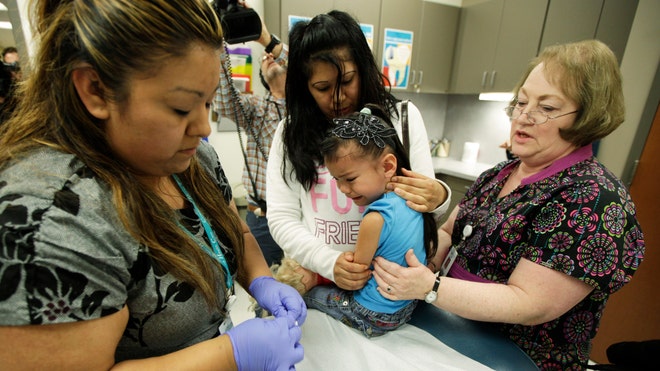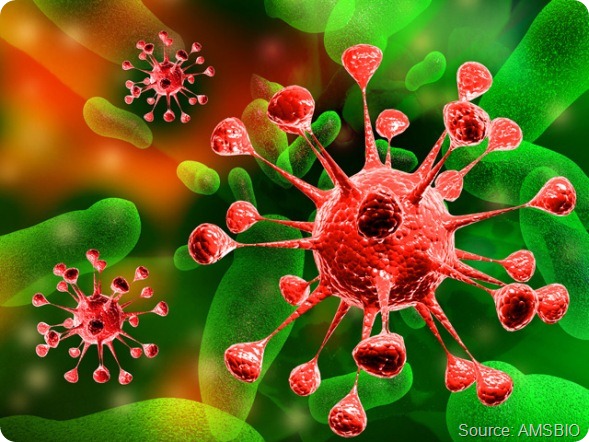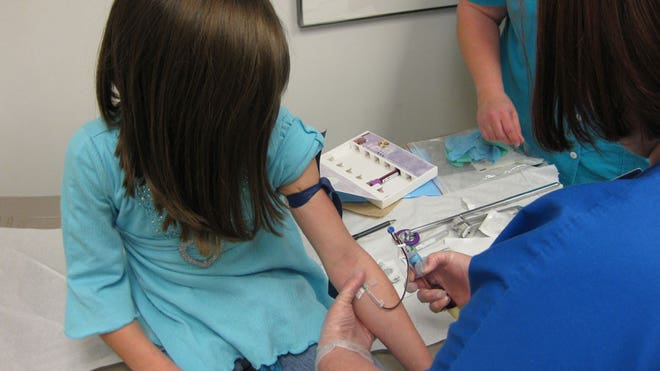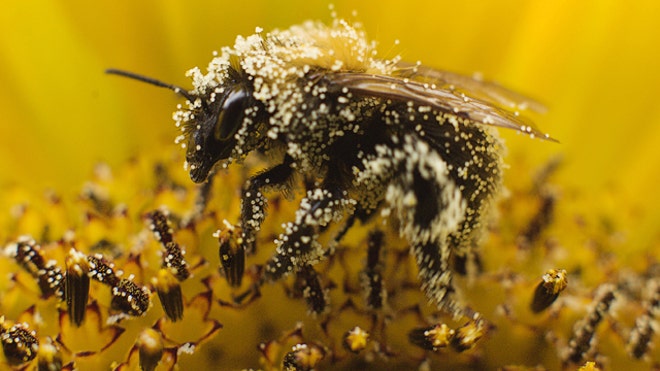As temperatures rise so does the risk of foodborne illness. According to the Centers for Disease Control & Prevention, about 48 million people in the U.S. will contract a foodborne illness this year. Many of these cases will occur this summer when hot and humid conditions create an ideal breeding ground for bacteria that spoil food and make people sick.
Bacteria grow quickly on food, especially protein foods, such as meat, poultry, seafood, dairy products, and eggs, and also high-protein vegetables such as beans and grains. Remember, foods like these are not sterile when you buy them, making it easy to ingest the bacteria on raw products or to cross-contaminate nearby foods that are ready to eat.
Luckily, most of us have a healthy immune system that helps protect us against food poisoning. Still, it pays to put prevention into practice by cooking and handling perishable foods properly. Here are five tips that will enable you to stay well and enjoy an entire summer of good eating.
Clean and wash hands often
Unwashed hands are a prime cause of foodborne illness. Before handling food always wash hands in warm, soapy water. This is especially true after using the bathroom, handling pets or changing diapers. When eating foods outside the home, bring moist towelettes, anti-bacterial wipes, and paper towels for cleaning hands and surfaces.
Don’t cross-contaminate foods
It’s very easy for bacteria to be passed from one food to another during preparation and serving. Be sure to wash plates, utensils, and cutting boards that have touched raw meats, eggs, poultry and dairy products. If you are taking raw foods outdoors always wrap raw meats securely to prevent juices from mixing with ready-to-eat foods.
Cook at proper temperatures
Food is safely cooked when it has been heated long enough and at high enough temperature to destroy the bacteria that cause foodborne illness. It’s always a good idea to use a food thermometer, whether you are cooking indoors or grilling outside. Raw beef, chops and roasts should be cooked to a minimum internal temperature of 145 degrees F; ground beef, pork, lamb, and veal should be cooked to an internal temperature of 160 degrees F. For poultry, be sure to cook it to an internal temperature of 165 degrees F and cook it once completely. Partially cooking poultry and meats may save time later on, but it does not kill bacteria; in fact, the warmth can actually cause bacteria to multiply so much that it is still be present after the food is thoroughly cooked.
Use cold to preserve food
As soon as groceries arrive home immediately place perishable foods such as deli meats, cooked meats, poultry, and prepared salads into the refrigerator. When taking these foods outdoors, especially away from home for picnics, it’s important to pack perishable foods in an insulated cooler surrounded by several inches of ice or frozen ice packs. Play it safe and keep coolers in the shade and inside an air-conditioned car rather than shut in a baking hot trunk.
Don’t let cooked foods sit out too long
If you purchase take-out food plan to eat it within two hours. The same applies for leftovers. And if the outside temperature is above 90 degrees F consider foods left out for more than an hour unsafe to eat. If you are questioning whether your leftovers are still safe to eat, when in doubt throw it out!
For more useful information about food borne illnesses and how to avoid them visit the Food Safety pages on the US Department of Agriculture website.




















